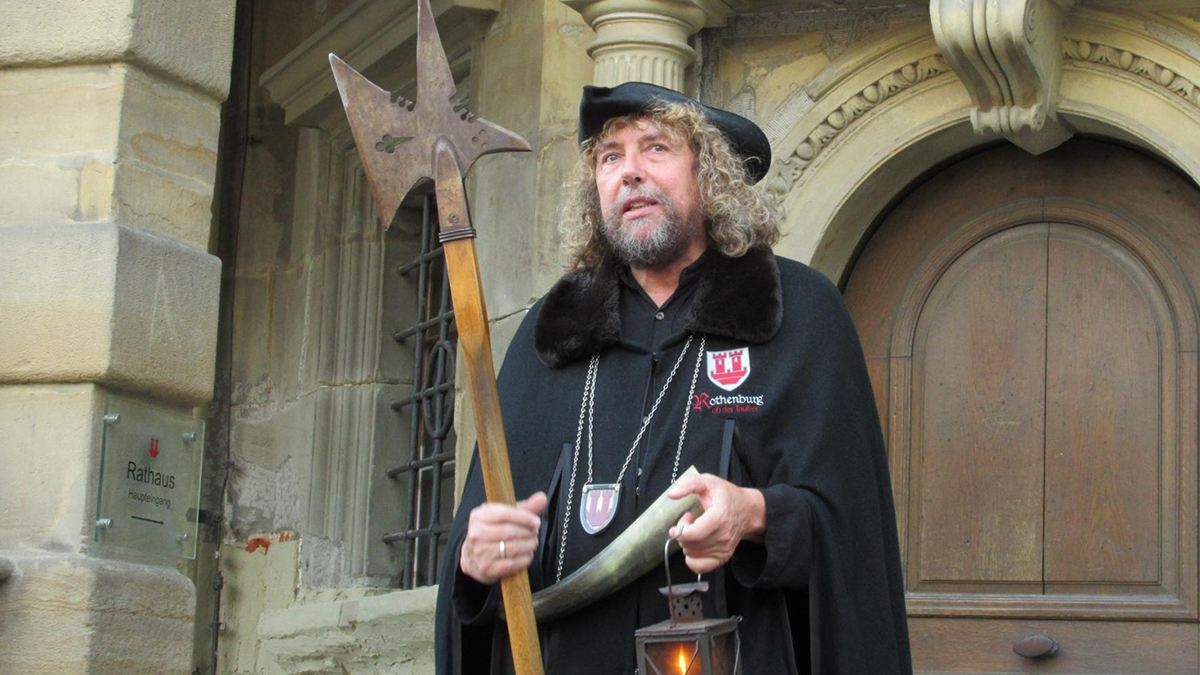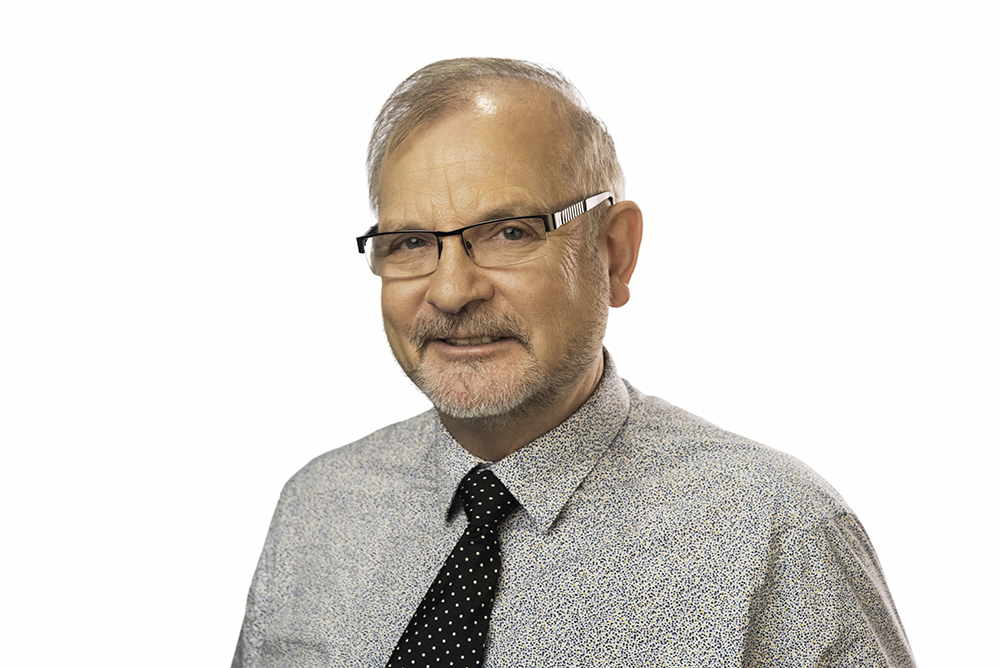For 10 Euros, the brochure promised, the after-dark tour would reveal life in the Middle Ages, as one walked the cobbled lanes of the quaintest and best preserved of all German towns of the period: Rothenburg ob der Tauber. Dusk arrived, and along with a score of others, mostly families, we milled around the square waiting for our guide, the “Nightwatchman”.
Out of the gloom he appeared—a cloaked and hooded figure, clutching a dangerous looking pike. He blew his ram’s horn to get our attention, then introduced himself to the assembly. When some then pressed in to pay, they were rebuffed.
“You pay at the end of the tour,” he announced, not bothering to explain why. [pullquote]
“Now follow me,” he barked authoritatively. “Stay close; it is dangerous here after dark. And walk in the middle of the strasse; you never know what someone might empty on your head from an upstairs window!”
But what about freeloaders who duck off into the dark when it comes time to pay? I wondered, recalling how, a few weeks earlier, I’d been scolded by an offended pilgrim for eavesdropping on her tour guide while standing in a queue with her group.
A hundred metres down the street we stopped at the first station, just opposite a colourful Christmas shop, where the Nightwatchman began to explain town life after dark 500 years ago, the purpose of his employment (the third lowest in municipal society, above gravedigger and executioner, “who worked together, although in a slightly different time frame”) and its history. At one point he explained how Rothenburg had fallen on hard times but had revived its fortunes by having preserved its authentic picturesque past and exploiting it: “When you don’t have any money, you need a good idea,” he explained, himself having once being unemployed and poor. And like the Pied Piper of nearby Hamelin, he continued to attract followers.
His passion for Rothenburg was something shared by many, which he illustrated in the amazing story of how through the intervention of empathetic personalities on opposite sides of the conflict, it was spared destruction in the closing stages of World War II.
Eventually we made our way back from the gloomy executioner’s gate to the Rathaus market square, from where we’d set out an hour or so earlier, on this most entertaining tour. It had been the highlight of my European trip.

Time to pay. And obviously I was not alone in my estimation and appreciation. Amazed, I watched the crowd, probably nearer 100 by then, pressing bills—50s, 100s—into his hands: “Keep the change; that was so good.” “Thanks, I’ll never forget this night . . .” And so it went. No-one left without paying, most adding a substantial gratuity.
Our Nightwatchman, along with his “good idea”, knew what he was doing when he at first refused payment. Because he knew his subject and had such enthusiasm for it, he lived each evening’s presentation immersed in it, informing us not so much as street thespian but as a credible medieval townsman. He knew we would respond with generosity.
About 100 years ago, Ellen White observed something similar, relating an instructive anecdote about presenting the gospel: “On this point [enthusiasm] there is a useful suggestion in a remark once made by a celebrated actor. The archbishop of Canterbury had put to him the question why actors in a play affect their audiences so powerfully by speaking of things imaginary, while ministers of the gospel often affect theirs so little by speaking of things real. ‘With due submission to your Grace,’ replied the actor, ‘permit me to say that the reason is plain: It lies in the power of enthusiasm. We on the stage speak of things imaginary as if they were real, and you in the pulpit speak of things real as if they were imaginary’” (Education p 233).
The Nightwatchman breathed life into inanimate history by dint of persuasive enthusiasm, and made it real and present, a salutary example of how we might live the reality of Christianity and the future we believe in.






